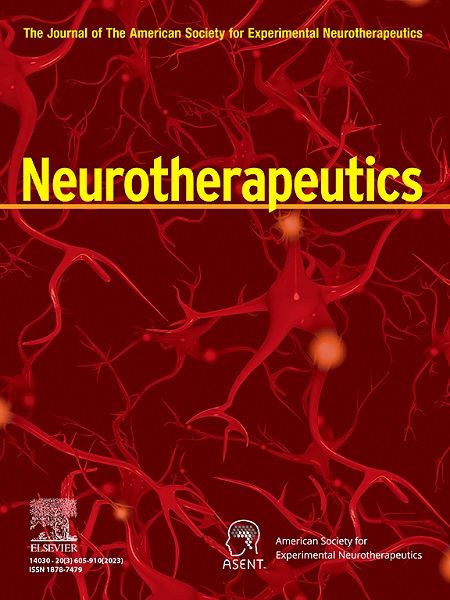Systemic nimodipine affects pericyte calcium signaling, resting hemodynamics and neurovascular coupling in healthy mouse brain
IF 6.9
2区 医学
Q1 CLINICAL NEUROLOGY
引用次数: 0
Abstract
Nimodipine is a L-type voltage gated calcium channel blocker commonly given to patients after a sub-arachnoid hemorrhage. It is known to dilate cerebral arteries and affect brain pericytes that express voltage gated calcium channels. Here, we systemically administered nimodipine (1 mg/kg; i.p.) and measured brain pericyte calcium transients and single-vessel hemodynamics in the brains of mice by two-photon microscopy. We find that nimodipine reduces calcium transients in all types of pericytes, from ensheathing to thin-strand cells, at different locations in the vascular network. This induces local vasodilation of vessels closer to penetrating arterioles but decreases blood cell velocity. These vascular consequences are due to systemic nimodipine effects because direct brain application of nimodipine caused blood cell velocity to increase. Nimodipine treatment also reduced further dilation during neurovascular coupling throughout the vascular network. Overall, this suggests that nimodipine can change cerebrovascular hemodynamics by altering pericyte physiology and these are important considerations for the clinical use of this drug.
全身尼莫地平影响健康小鼠脑周细胞钙信号、静息血流动力学和神经血管耦合。
尼莫地平是一种l型电压门控钙通道阻滞剂,通常用于蛛网膜下腔出血患者。已知它可以扩张脑动脉并影响表达电压门控钙通道的脑周细胞。在这里,我们全身给药尼莫地平(1mg /kg;通过双光子显微镜测量小鼠脑周细胞钙瞬态和单血管血流动力学。我们发现尼莫地平减少了血管网络中不同位置的所有类型周细胞(从鞘细胞到薄链细胞)的钙瞬态。这引起靠近穿透性小动脉的血管局部扩张,但降低血细胞速度。这些血管后果是由于尼莫地平的全体性作用,因为尼莫地平的直接脑应用导致血细胞速度增加。尼莫地平治疗还减少了整个血管网络中神经血管耦合的进一步扩张。总的来说,这表明尼莫地平可以通过改变周细胞生理来改变脑血管血流动力学,这是临床使用该药物的重要考虑因素。
本文章由计算机程序翻译,如有差异,请以英文原文为准。
求助全文
约1分钟内获得全文
求助全文
来源期刊

Neurotherapeutics
医学-神经科学
CiteScore
11.00
自引率
3.50%
发文量
154
审稿时长
6-12 weeks
期刊介绍:
Neurotherapeutics® is the journal of the American Society for Experimental Neurotherapeutics (ASENT). Each issue provides critical reviews of an important topic relating to the treatment of neurological disorders written by international authorities.
The Journal also publishes original research articles in translational neuroscience including descriptions of cutting edge therapies that cross disciplinary lines and represent important contributions to neurotherapeutics for medical practitioners and other researchers in the field.
Neurotherapeutics ® delivers a multidisciplinary perspective on the frontiers of translational neuroscience, provides perspectives on current research and practice, and covers social and ethical as well as scientific issues.
 求助内容:
求助内容: 应助结果提醒方式:
应助结果提醒方式:


